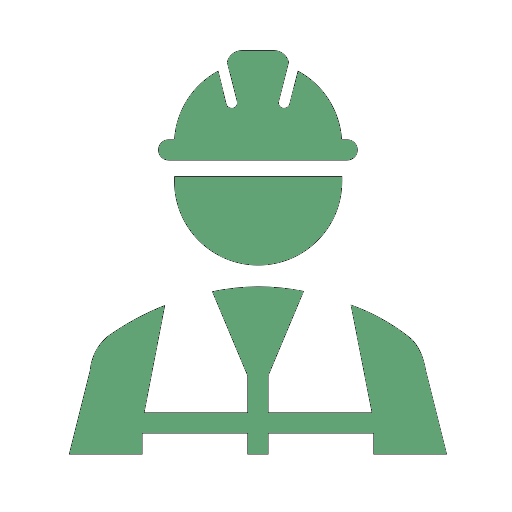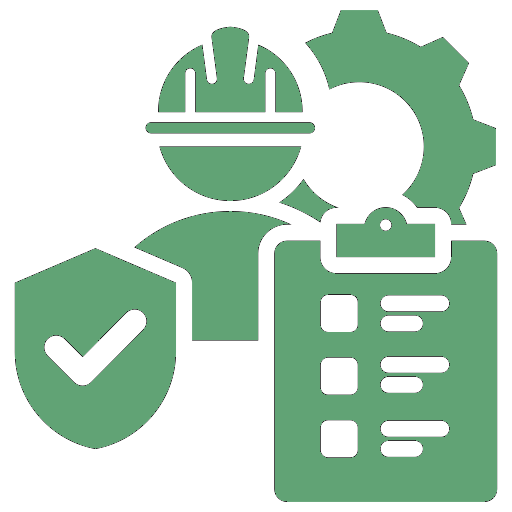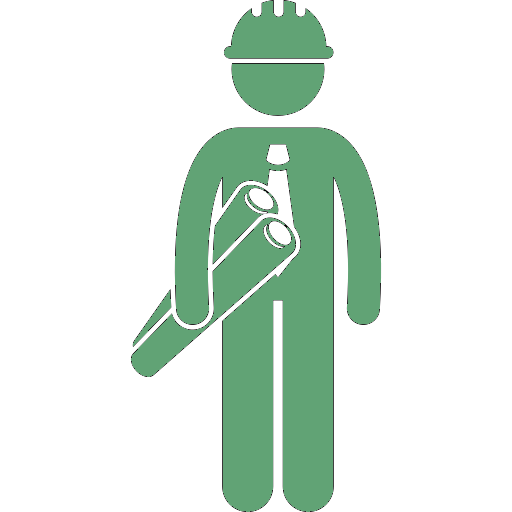Description
The role of a Safety Engineer at a Power Plant is pivotal in ensuring the safety and well-being of all personnel working on-site, as well as protecting the environment and maintaining compliance with safety standards. Below is a detailed description of their responsibilities, with emphasis on day-to-day supervision, reporting, and the accommodation and transportation aspects that fall under the client’s scope:
1. Safety Engineer Responsibilities:
- Day-to-Day Supervision of the Site:
- The Safety Engineer is responsible for the day-to-day supervision of all safety-related activities on the power plant site. This includes overseeing plant operations, ensuring that all activities are conducted in compliance with health, safety, and environmental regulations.
- Monitoring Work Practices: Ensuring that all workers and contractors follow established safety protocols, particularly during high-risk operations such as equipment maintenance, construction, and handling of hazardous materials.
- Hazard Identification: Identifying potential hazards on a continuous basis, assessing risks, and taking proactive measures to eliminate or mitigate these risks to maintain a safe working environment.
- Inspection and Audits: Conducting regular site inspections to ensure that safety measures are adhered to, and performing safety audits to identify areas of improvement.
- Emergency Preparedness: Overseeing the preparation and regular drills for emergency situations such as fires, chemical spills, electrical failures, or accidents. Ensuring emergency exits, equipment, and protocols are readily available and accessible.
- Safety Reporting:
- The Safety Engineer is tasked with reporting safety performance on a daily, weekly, or monthly basis. This includes compiling incident reports, risk assessments, safety audit findings, and recommending corrective actions to management.
- Incident and Accident Investigation: When accidents or near-misses occur, the Safety Engineer investigates the events, analyzes root causes, and provides detailed reports, including suggestions for preventive actions.
- Compliance Documentation: Preparing and maintaining documentation related to safety compliance with local, national, and international regulations. This includes ensuring that safety certifications, inspections, and reports are up to date.
- Safety Meetings and Communication: Organizing and conducting regular safety meetings, toolbox talks, and training sessions for employees. This includes discussing safety concerns, reviewing safety performance, and addressing any new safety guidelines or regulations.
The Safety Engineer in a Power Plant has a critical role in maintaining a safe working environment, overseeing day-to-day safety operations, and ensuring compliance with safety regulations. Their responsibilities extend to conducting regular safety inspections, reporting on safety performance, and investigating incidents. The client is typically responsible for providing accommodation and transportation for the Safety Engineer, ensuring they can perform their duties effectively and safely, particularly in remote or challenging locations. The Safety Engineer may also be involved in ensuring that these accommodations and transportation methods meet all necessary safety and regulatory requirements.

 45 Days
45 Days ₹2000/- to ₹ Per Day
₹2000/- to ₹ Per Day  Day to day supervision of the site and reporting
Day to day supervision of the site and reporting

